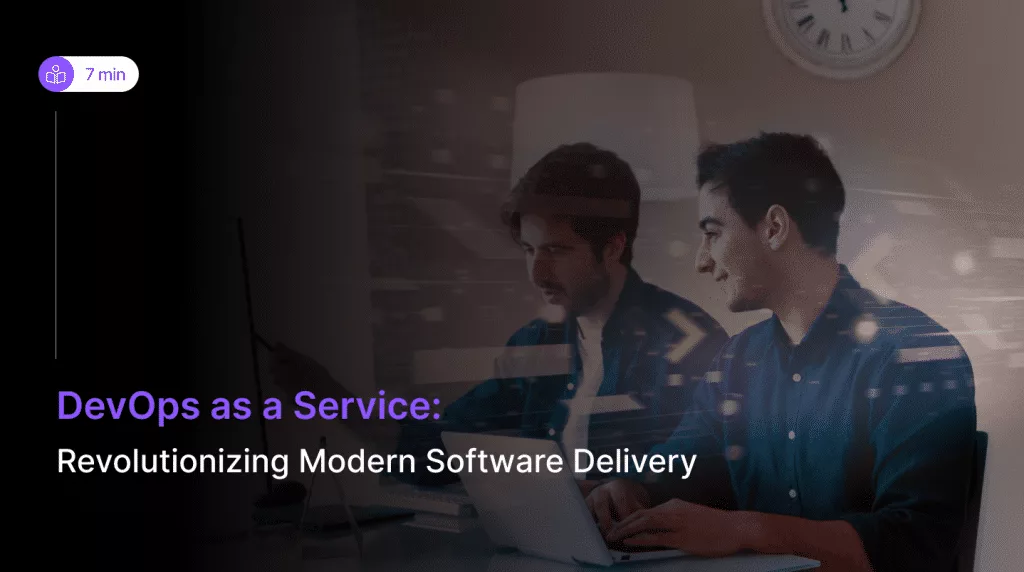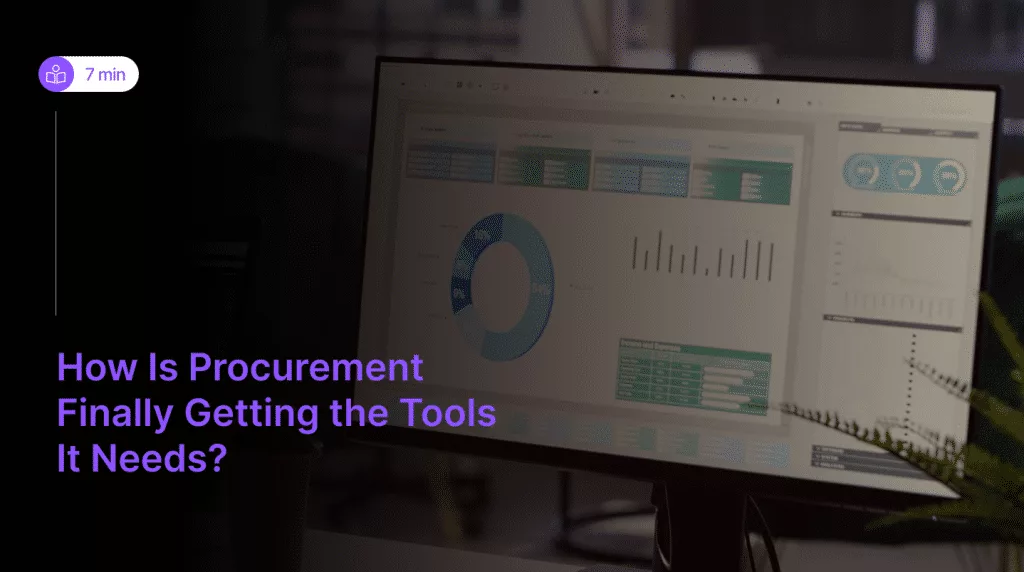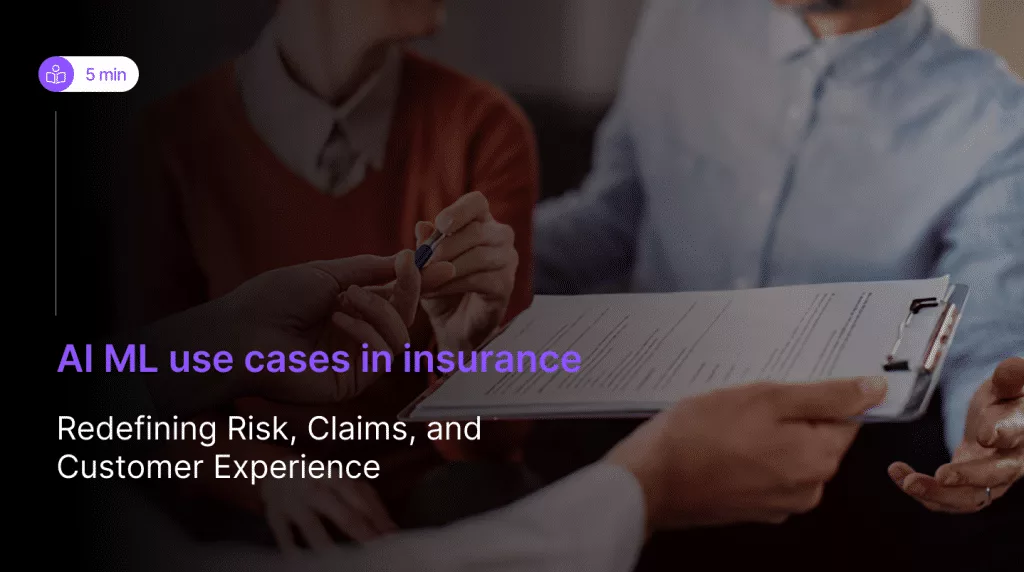 In today’s rapidly evolving software development realm, DevOps has become a cornerstone methodology, revolutionizing the way teams collaborate and deliver software. By fostering a culture of collaboration, automation, and continuous delivery, DevOps enables organizations to respond swiftly to market demands and customer needs.
In today’s rapidly evolving software development realm, DevOps has become a cornerstone methodology, revolutionizing the way teams collaborate and deliver software. By fostering a culture of collaboration, automation, and continuous delivery, DevOps enables organizations to respond swiftly to market demands and customer needs.
DevOps as a Service (DaaS) takes this approach to the next level, offering a comprehensive platform that integrates tools, processes, and expertise to support DevOps practices. DaaS providers deliver a suite of services, from infrastructure management to deployment automation and support, empowering organizations to focus on their core objectives while leveraging the benefits of DevOps.
This article aims to delve into the concept of DevOps as a Service and its impact on modern software development. By exploring the fundamentals of DaaS, its advantages, challenges, and best practices, readers will gain insights into how this approach can streamline their development processes and drive business success in today’s competitive landscape.
Understanding DevOps as a Service
DevOps as a Service (DaaS) refers to a comprehensive cloud-based platform that provides organizations with the necessary tools, processes, and expertise to implement DevOps practices seamlessly. It extends the traditional DevOps approach by offering a managed service model, allowing businesses to leverage the benefits of DevOps without the need for extensive in-house resources and expertise.
At its core, DaaS enables organizations to automate and streamline their software development and delivery processes, from code integration and testing to deployment and monitoring. By centralizing key DevOps functionalities such as continuous integration/continuous delivery (CI/CD), infrastructure management, and collaboration tools, DaaS simplifies the adoption and implementation of DevOps principles.
Ultimately, DevOps as a Service empowers organizations to accelerate their software delivery cycles, improve collaboration between development and operations teams, and enhance the overall efficiency and quality of their software development processes.
Key Components of DaaS
1. Infrastructure Management: DaaS providers offer tools and services for managing infrastructure, including servers, storage, and networking, often using cloud-based solutions like AWS, Azure, or Google Cloud Platform. This allows teams to scale resources efficiently and maintain high availability.
2. Deployment Automation: DaaS automates the deployment process, ensuring that code changes are deployed consistently and reliably across different environments. This reduces the risk of errors and improves deployment speed.
3. Continuous Integration/Continuous Delivery (CI/CD): DaaS includes CI/CD pipelines that automate the building, testing, and deployment of code. This enables teams to deliver software updates quickly and frequently, improving overall agility and time-to-market.
4. Monitoring and Logging: DaaS provides monitoring and logging tools that allow teams to track the performance and health of their applications in real time. This helps in identifying and resolving issues quickly, ensuring high availability and performance.
5. Collaboration Tools: DaaS offers collaboration tools such as chat, issue tracking, and code review tools, facilitating communication and collaboration among team members, even in distributed environments.
DevOps as a Service integrates these components to streamline the software development lifecycle.
Benefits of adopting DaaS
1. Cost Efficiency
DaaS eliminates the need to invest in and maintain complex infrastructure and tools, reducing upfront costs and ongoing operational expenses. Organizations pay for the services they use on a subscription basis, resulting in cost savings and predictable budgeting.
2. Scalability
DaaS allows organizations to scale their development and operations resources dynamically according to demand. With cloud-based infrastructure and automated provisioning, teams can quickly scale up or down as needed, ensuring optimal resource utilization and flexibility.
3. Faster Time-to-Market
By automating key aspects of the software development lifecycle, such as testing and deployment, DaaS enables organizations to release software updates more frequently and reliably. This reduces time-to-market, allowing businesses to respond swiftly to customer feedback and market trends.
4. Improved Collaboration
DaaS provides collaboration tools and centralized repositories that foster communication and teamwork among developers, operations teams, and other stakeholders. This promotes transparency, knowledge sharing, and alignment of goals, leading to more efficient and effective collaboration.
5. Enhanced Reliability and Stability
DaaS offers monitoring, logging, and automated recovery mechanisms that ensure the stability and reliability of applications and infrastructure. By proactively identifying and addressing issues, DaaS helps minimize downtime and improve the overall reliability of software systems.
How DevOps as a Service Works
DevOps as a Service (DaaS) streamlines the software development lifecycle by providing a seamless workflow that encompasses planning, development, testing, deployment, and monitoring. It begins with the planning phase, where teams collaborate to define project requirements and set goals. Development involves writing code and implementing features, followed by automated testing to ensure code quality and reliability. Deployment automation then facilitates the seamless release of code changes into production environments. Finally, monitoring tools continuously track application performance and health, allowing teams to identify and address issues proactively.
DaaS integrates seamlessly with existing development processes, regardless of the methodologies or tools in use. Whether organizations follow agile, waterfall, or hybrid methodologies, DaaS adapts to fit their workflows. It integrates with version control systems like Git, issue-tracking tools like Jira, and collaboration platforms like Slack, ensuring smooth communication and coordination among team members. DaaS also supports a wide range of programming languages and frameworks, enabling teams to work with their preferred technologies while leveraging the benefits of DevOps automation and best practices.
Tools and Technologies Commonly Used in DaaS
1. Infrastructure as Code (IaC): Tools like Terraform and AWS CloudFormation enable teams to define and manage infrastructure resources programmatically, ensuring consistency and repeatability in infrastructure provisioning.
2. Continuous Integration/Continuous Delivery (CI/CD) Pipelines: CI/CD tools like Jenkins, GitLab CI/CD, and CircleCI automate the building, testing, and deployment of code changes, streamlining the release process and reducing manual errors.
3. Containerization: Technologies like Docker and Kubernetes facilitate containerization, allowing applications to be packaged and deployed consistently across different environments, from development to production.
4. Monitoring and Logging: Tools such as Prometheus, Grafana, and ELK Stack provide monitoring, logging, and visualization capabilities, enabling teams to track application performance, identify issues, and troubleshoot effectively.
5. Collaboration Platforms: DaaS integrates with collaboration platforms like Slack, Microsoft Teams, and Atlassian tools, facilitating communication, sharing of updates, and collaboration among team members, regardless of their locations or time zones.
These tools and technologies form the foundation of DaaS, enabling organizations to automate and streamline their DevOps processes effectively.
Advantages of DevOps as a Service
1. Increased Efficiency and Productivity: DaaS automates repetitive tasks, streamlines workflows, and optimizes resource utilization, leading to greater efficiency and productivity. By eliminating manual processes and reducing downtime, teams can focus on delivering value-added work, ultimately driving business success.
2. Enhanced Collaboration and Communication: DaaS provides centralized collaboration tools and platforms that facilitate communication and teamwork among distributed teams. By fostering transparency, knowledge sharing, and real-time feedback, DaaS enhances collaboration, leading to better decision-making and faster problem resolution.
3. Accelerated Time-to-Market: DaaS enables organizations to automate and streamline the software delivery process, from code integration and testing to deployment and monitoring. By reducing manual interventions and bottlenecks, DaaS accelerates the release cycle, allowing businesses to deliver new features and updates to the market faster and gain a competitive edge.
4. Improved Quality and Reliability of Software: With DaaS, organizations can implement best practices such as continuous integration, automated testing, and infrastructure as code. By automating quality assurance processes and ensuring consistent deployment environments, DaaS improves the overall quality and reliability of software, reducing the risk of defects and downtime.
These advantages collectively empower organizations to adapt quickly to market changes, respond to customer needs faster, and deliver high-quality software that meets or exceeds user expectations.
Potential Obstacles in Implementing DaaS
1. Resistance to Change
One obstacle is the resistance from team members who are accustomed to traditional development processes. Resistance can arise due to fear of job displacement or uncertainty about new tools and workflows.
2. Integration Complexity
Integrating DaaS into existing infrastructure and workflows can be complex, especially in organizations with legacy systems or heterogeneous environments. Data migration and Compatibility issues challenges may arise during the implementation phase.
3. Security Concerns
Security is a critical consideration when adopting DaaS, as it involves outsourcing sensitive data and operations to third-party providers. Concerns about data privacy, compliance, and the risk of security breaches may hinder adoption.
Strategies for Overcoming Challenges
1. Change Management
To address resistance to change, organizations should invest in change management initiatives. Providing training, communication, and incentives can help ease the transition and gain buy-in from team members.
2. Gradual Adoption
Implementing DaaS in incremental phases allows organizations to address integration complexities gradually. By starting with less critical projects or teams, organizations can gain experience and identify and address challenges before scaling up.
3. Security Measures
To mitigate security concerns, organizations should thoroughly vet DaaS providers and ensure they adhere to industry standards and regulations. Implementing encryption, access controls, and regular security audits can enhance data protection and mitigate risks.
Considerations for Selecting a DaaS Provider
1. Scalability
Choose a DaaS provider that can scale resources and services according to your organization’s needs and growth trajectory. Ensure the provider offers flexible pricing models and can accommodate fluctuations in demand.
2. Service Level Agreements (SLAs)
Evaluate SLAs carefully to ensure they align with your organization’s requirements and expectations. Look for guarantees related to uptime, performance, support responsiveness, and data security.
3. Compliance and Security
Verify that the DaaS provider complies with relevant industry regulations and standards, such as GDPR, HIPAA, or SOC. Assess the provider’s security measures, data protection policies, and incident response procedures to ensure they meet your organization’s compliance requirements and security standards.
By addressing these considerations and implementing strategies to overcome potential obstacles, organizations can successfully adopt DevOps as a Service and realize its benefits while minimizing risks and challenges.
Best Practices for Adopting DevOps as a Service
1. Establish Clear Goals: Define specific, measurable objectives aligned with business strategy to guide DaaS adoption.
2. Foster Collaboration: Cultivate a culture of teamwork, transparency, and continuous learning to drive innovation and agility.
3. Automate and Monitor: Utilize automation tools for tasks like provisioning and deployment and employ effective monitoring for real-time insights and optimization.
By adhering to these practices, organizations can effectively harness the power of DevOps as a Service, accelerating their journey towards enhanced productivity, quality, and competitiveness.
Conclusion
In conclusion, DevOps as a Service (DaaS) offers numerous benefits, including increased efficiency, enhanced collaboration, accelerated time-to-market, and improved software quality and reliability. DaaS streamlines the software development lifecycle, empowering organizations to adapt quickly to market changes, respond to customer needs faster, and deliver high-quality software more efficiently.
For organizations considering DaaS adoption, it’s essential to carefully evaluate their goals, culture, and technical requirements. Investing in change management, fostering a collaborative culture, and leveraging automation and monitoring tools effectively are key to successful adoption. By embracing DaaS, organizations can stay competitive in today’s fast-paced digital landscape and drive innovation and business growth.
To further explore or implement DaaS, organizations are encouraged to conduct thorough research, engage with DaaS providers, and collaborate with experienced professionals to tailor DaaS solutions to their specific needs and objectives. Embracing DaaS can unlock new opportunities and propel organizations toward success in the digital age.






